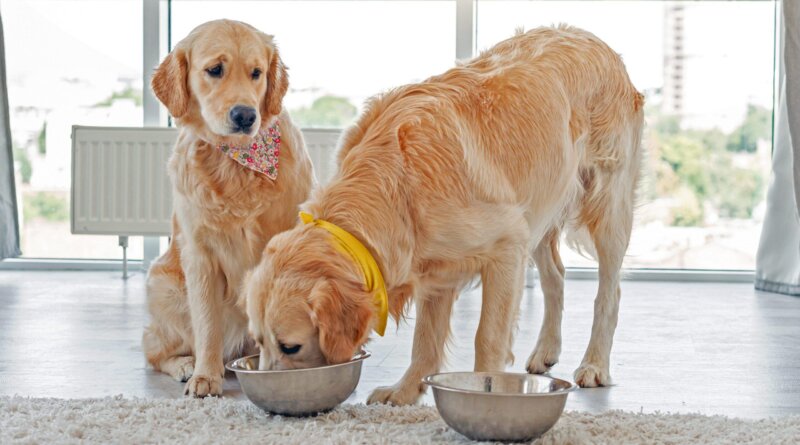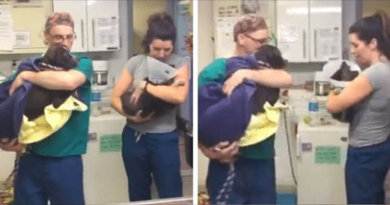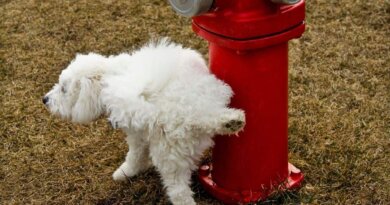Skip Free Feeding Dogs – Whole Dog Journal
Filling a large bowl of food for your dog to eat at will sounds convenient, but for most dogs it doesn’t work. Free feeding can quickly result in obesity, which is already a huge health problem in pet dogs. A dog who is at a lean weight, is happier, healthier, and more active than his chubbier friends. But obesity is just one reason free feeding doesn’t work for dogs. Other problems with free feeding include:
- It will take longer for you to notice appetite changes. A sudden increase or decrease in your dog’s appetite can be an early indicator of a health problem. If you feed your dog measured meals, you likely will notice if she is gulping her food down immediately and still super hungry, or if she is not finishing her meals.
- Dogs don’t always share. If you have multiple dogs, one may hog the food bowl and eat too much while another may not get what she needs. This can be a problem for both dogs.
- Different dogs have different needs. If you have multiple dogs, they may need to eat different foods. For example, puppies require more nutrients than the average adult dog, and dogs with some health problems may need a prescription diet. Feeding meals ensures that each dog is eating only the food he or she is supposed to eat.
- Leftover food is more likely to spoil. Dry food doesn’t stay dry once you feed it. Exposure to air, your dog’s saliva, and potential spills can cause that large bowl of kibble to harbor thriving bacterial and mold colonies, which can make your dog sick.
Unless your veterinarian specifically recommends free feeding your dog, feeding measured meals is the best way to go.
How Many Times a Day Should a Dog Eat?
Puppies should eat three to four meals a day to keep their blood glucose levels stable and help support growth. Toy breed puppies in particular need frequent meals.
Senior dogs may require frequent small meals, and breaking up meals can be helpful to get your dog to take multiple medications throughout the day.
For adult dogs, there isn’t a simple answer. Historically, most veterinarians and nutrition experts recommend feeding two meals a day. This schedule is convenient for most owners and well tolerated by dogs.
Considering Once-a-Day Feeding?
A recent study published by the Dog Aging Project Consortium found that pet dogs who only ate once a day had fewer health problems. This was an initial finding, so more work needs to be done to determine if the once a day feeding schedule was the actual cause of better health. Talk with your veterinarian before making this change.
For now, the most important thing is to determine the amount of food your dog should eat each day, and then break it into the number of meals that works best for your schedule. Your veterinarian can guide you if your individual dog might benefit from feeding more meals or less frequent meals.





